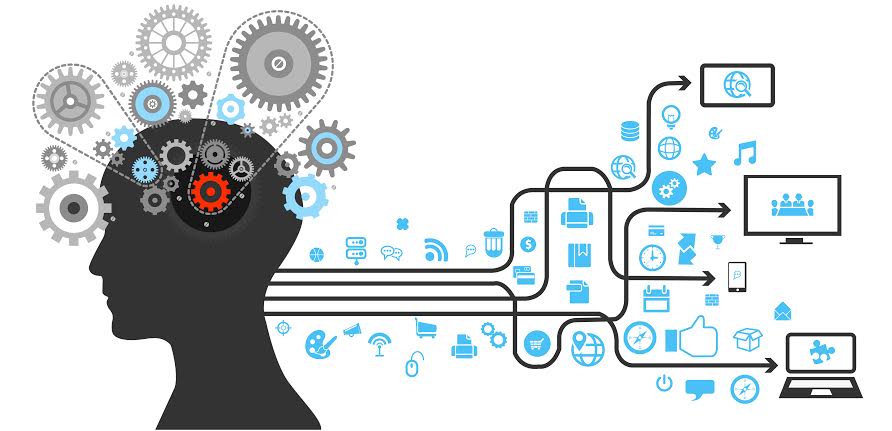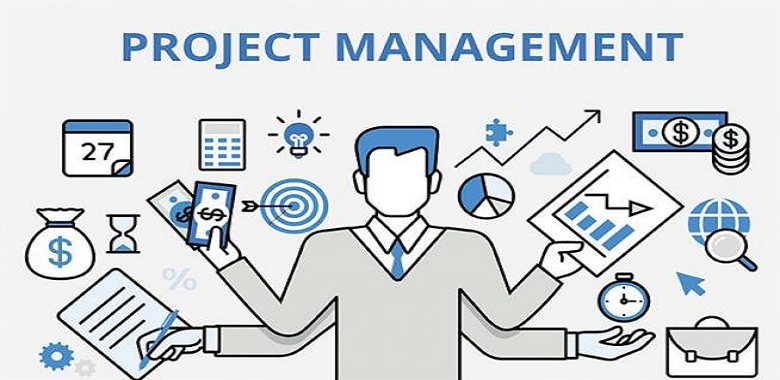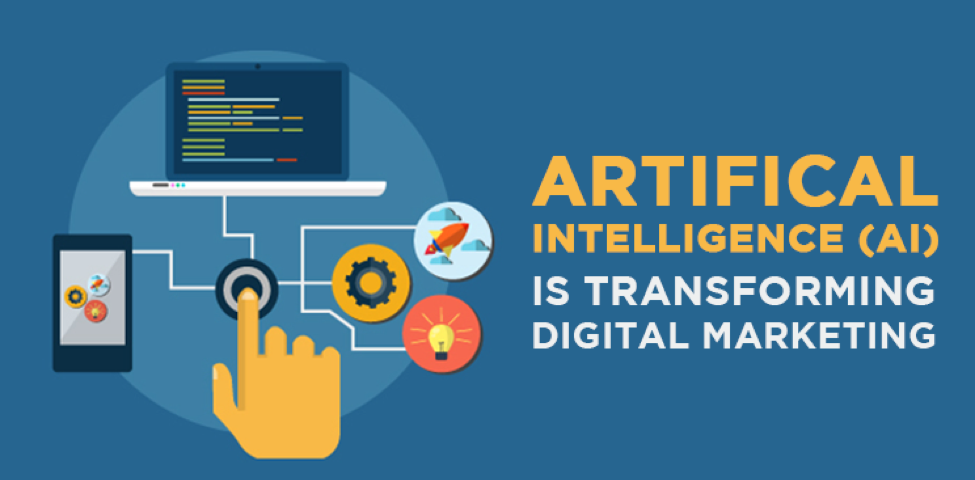Corporate India is going through a defining time, with emerging technologies taking over many areas of business. Human resource is one such critical area, which is core to any business and has been going through rounds of revolution and transformation, both in terms of processes and technology.

AI happens to be the newest kid in the block, which is taking the recruitment processes by storm, as it is getting re-engineered every day, with more and more intelligent and repetitive work being replaced by AI. Let’s look at some of the key areas where AI is being used to empower workforce:
Removing bias – Unconscious bias is a huge challenge that all corporates are trying to fight. Corporate India is no exception. When it’s a conscious bias, it’s easier to tackle but unconscious bias creeps in the most unexpected way. It can not only influence the choice of a candidate at the time of interview, but also the job description itself, making it a far more pervasive problem. AI can easily be used to remove this unconscious bias.
Evaluate profiles and first level interviews – Today sourcers and recruiters are spending a considerable amount of time in scanning, evaluating and shortlisting profiles and doing the first level interviews and the outcome of it is often very subjective, based on the emotional state of the recruiters. AI can easily take over these repetitive jobs, bring more objectivity to it and complete it much faster. There are quite a few AI-based platforms in the market today. According to a report by Forrester, by 2020, candidates applying to jobs at 20% of large global enterprises will interact with chatbots before recruiters.
Improved employee on-boarding experience – Employee on-boarding is the employee’s first experience with an organization and it’s the organization’s best opportunity to create an excellent first impression. Today, due to a resource crunch and subjectivity associated with people, on-boarding experience tends to be random and unstandardized. Using AI effectively can help new employees navigate their way into an organization more seamlessly, giving them an excellent on-boarding experience.
Identifying the customised training requirement for employees – Mostly, people become redundant within an organization because they lack relevant skills, but if we can train the employees in a timely fashion, then organizations can utilize its existing staff, without having to retrench and hire new employees. AI can be used very effectively to match existing talent with the required ones and identify the gaps in skillset and also to do a fitment of who is best trained on which of the required skills.
Resource Management function – People intensive businesses have a huge challenge of finding the right skilled people internally at the right time and often end up hiring people at a higher cost, when an equally skilled person is available within the company. AI can help with this function and in a very time effective manner, thus reducing the cost of hiring, training and keeping a skilled resource on the bench.
Identifying people who are looking out – Losing trained and experienced employees to competition is a huge loss to any organization. AI can easily track the employees keystroke patterns, idle time & internet checking patterns and predict whether the person is looking out for newer opportunities.
Smarter and better people analytics – AI-enabled employee analytics provide the necessary insight to ensure better employee experience. It ensures meaningful employee engagement, creating happier employees and increased employee retention.
And these are only a few of the core functions that AI can do immediately. However, there still exists a degree of apprehension amongst the human resource fraternity to totally embrace AI, for reasons unfounded. AI today is not just efficient, it is also inexpensive. Just one word of caution, it is imperative that the recruitment processes are reviewed and re-engineered to remove age old practices and made well suited for reaping maximum benefit out of AI.
Research from PWC shows that 63 percent of companies are rethinking the whole role of their human resources department in light of the impact AI will have on the business. Thanks to AI and RPA, human resource experts will be now able to focus on the core areas, which cannot be done by any technology. AI can help build a high-performance human resource team and as a result a high-performance workforce.
About the Author
Mohua Sengupta is the EVP & Global Head at Services at 3i Infotech Ltd. More details about her can be found here









